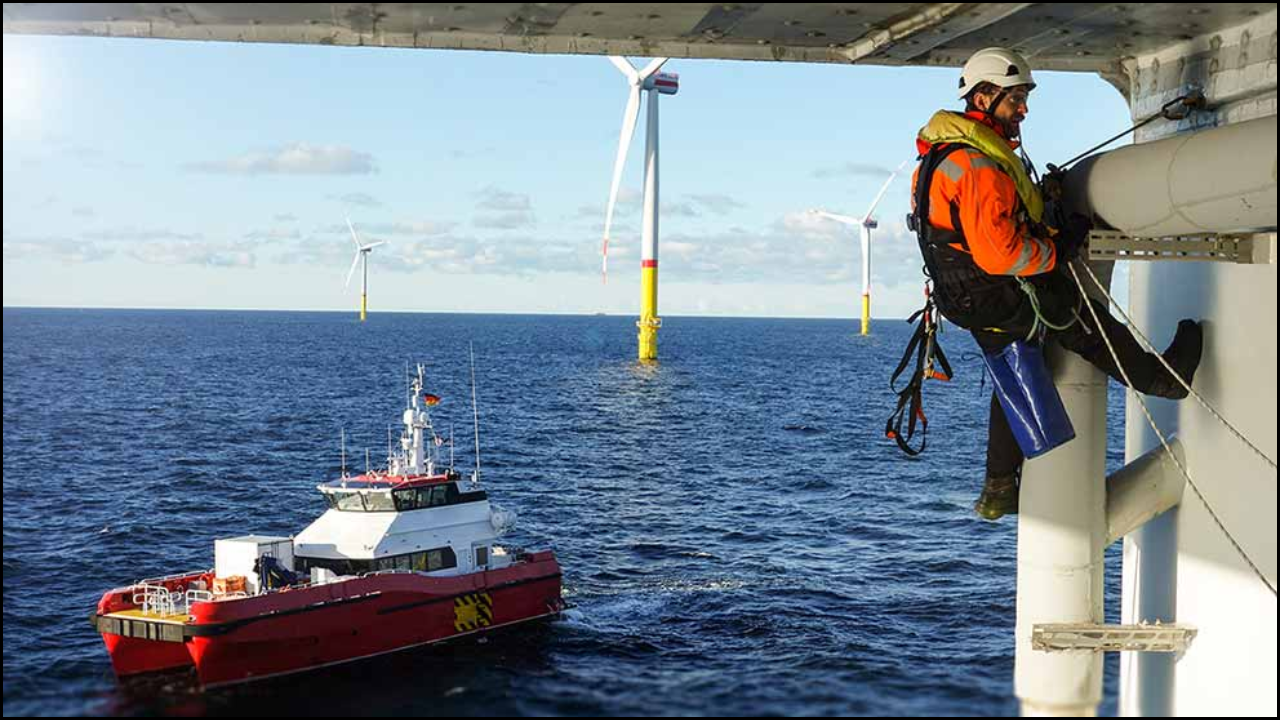
International energy partnerships have become vital instruments for promoting sustainable development, reducing energy poverty, and fostering economic growth worldwide. These collaborations between nations, industries, and research institutions go beyond technology exchange — they create employment opportunities, enhance energy security, and encourage long-term socio-economic progress. By linking the expertise of developed and developing countries, international energy partnerships shape a more resilient and inclusive global energy future.
Global cooperation in energy has evolved into a powerful catalyst for progress. Every international partnership combines resources, skills, and research to address shared challenges such as climate change, fossil fuel dependency, and unequal access to energy. Such alliances drive the growth of renewable energy infrastructure, create skilled jobs, and improve living standards, especially in emerging economies.
Table of Contents
Key Drivers of International Energy Partnerships
International partnerships are driven by the need for shared responsibility and mutual benefit. Countries collaborate to balance energy needs with environmental goals while creating sustainable economic frameworks.
- Rising global energy demand requires diversified and renewable sources.
- Shared climate commitments under global agreements like the Paris Accord encourage joint efforts.
- Technology transfer between advanced and emerging economies accelerates green transitions.
- International funding reduces investment risks for large-scale renewable projects.
- Global energy security is strengthened through diversified supply chains.
Socio-Economic Advantages of International Energy Partnerships
Collaborative energy initiatives offer numerous benefits that extend beyond the energy sector itself.
| Socio-Economic Benefit | Description |
|---|---|
| Employment Generation | Large-scale renewable projects create direct and indirect jobs in engineering, construction, maintenance, and education. |
| Infrastructure Development | Energy partnerships drive investments in roads, ports, and grids that support regional development. |
| Technology Transfer | Access to advanced renewable technologies enhances local innovation capacity. |
| Energy Accessibility | Rural and underserved communities gain improved access to affordable electricity. |
| Economic Diversification | Clean energy sectors reduce dependence on fossil fuels and boost national productivity. |
Employment Creation and Skills Development
One of the most visible socio-economic impacts of international energy cooperation is job creation. As countries invest in renewable energy infrastructure, thousands of skilled and semi-skilled workers find new opportunities.
- Construction of wind farms, solar parks, and offshore facilities provides local employment.
- Training programs under partnership agreements improve technical skills and workforce quality.
- Research collaboration expands educational opportunities for scientists and engineers.
- Women and youth benefit from inclusive hiring policies in sustainable energy projects.
Technology and Knowledge Exchange
Technology transfer stands at the core of international partnerships. Shared research and joint innovation help developing countries adopt advanced systems that are both efficient and environmentally friendly.
- Collaborative R&D leads to better solar panels, energy storage, and offshore wind designs.
- Exchange of expertise ensures faster adoption of digital monitoring and smart grid systems.
- Educational exchanges create a new generation of clean energy professionals.
- International patents and licensing agreements promote fair innovation sharing.
Economic Growth and Energy Independence
Energy partnerships support national economies by reducing import dependency and strengthening domestic industries. By producing renewable energy locally, nations save foreign exchange and attract foreign investment.
| Economic Aspect | Impact |
|---|---|
| Reduced Fuel Imports | Renewable energy production lessens reliance on imported oil and gas. |
| Foreign Direct Investment (FDI) | Global partnerships bring international investors and stable funding. |
| Export Potential | Countries with strong renewable infrastructure can export clean energy technologies. |
| Stable Energy Prices | Diversified energy sources protect economies from market volatility. |
| Boost to SMEs | Local businesses benefit from renewable supply chains and maintenance services. |
Community Development and Social Inclusion
Energy partnerships directly influence social progress. Affordable and clean energy enhances education, healthcare, and economic equality in local communities.
- Electrification projects improve school and hospital operations in rural areas.
- Community-owned renewable plants empower local governance and income generation.
- Social programs linked with energy projects support women’s entrepreneurship.
- Inclusive participation in energy projects strengthens public trust and stability.
Environmental and Public Health Benefits
Clean energy collaborations contribute to a healthier environment and improved public well-being. Reduced emissions lead to cleaner air, fewer respiratory diseases, and enhanced agricultural productivity.
- The shift from fossil fuels cuts greenhouse gas emissions significantly.
- Reduced pollution lowers healthcare costs and boosts workforce productivity.
- Restoration of degraded lands and coastal ecosystems benefits biodiversity.
- Sustainable energy infrastructure encourages eco-friendly urban development.
Case Studies of International Energy Partnerships
| Partnership | Countries Involved | Focus Area | Socio-Economic Outcome |
|---|---|---|---|
| UK–India Energy Security Partnership | United Kingdom and India | Renewable technology and smart grids | Job creation and skill development in energy-efficient systems |
| EU–Africa Green Energy Initiative | European Union and African Union | Solar and hydropower projects | Rural electrification and infrastructure development |
| Japan–Australia Hydrogen Alliance | Japan and Australia | Green hydrogen production | Export market expansion and energy diversification |
| US–Mexico Clean Power Collaboration | United States and Mexico | Wind and solar energy | Border region development and investment growth |
Enhancing Global Energy Equity
International energy cooperation narrows the energy access gap between developed and developing regions. Shared investment ensures that even remote communities gain access to modern energy solutions.
- Global partnerships support mini-grid and off-grid systems in rural areas.
- Energy equality promotes better education, healthcare, and social mobility.
- Public-private alliances accelerate the deployment of affordable clean power.
- Inclusive energy programs reduce inequality and promote sustainable livelihoods.
Policy and Governance Support
Strong governance frameworks ensure that energy partnerships are equitable, transparent, and aligned with global sustainability goals.
- Joint policy frameworks harmonize energy regulations between nations.
- Bilateral agreements promote fair distribution of financial and technological resources.
- Monitoring and evaluation systems enhance accountability in project execution.
- Policy dialogues strengthen global unity on energy security and decarbonization.
Challenges in Maximizing Socio-Economic Gains
Despite their benefits, international energy partnerships face operational, political, and economic challenges.
| Challenge | Explanation |
|---|---|
| Unequal Funding Distribution | Developing countries may receive limited financial benefits. |
| Technology Access Barriers | Patents and export controls can restrict technology transfer. |
| Political Instability | Changes in leadership may disrupt ongoing energy projects. |
| Cultural Differences | Communication gaps can delay cooperation outcomes. |
| Infrastructure Gaps | Weak grid systems hinder renewable integration in developing regions. |
Future Prospects of International Energy Collaboration
The next generation of energy partnerships will focus on digitalization, decarbonization, and inclusivity. Enhanced collaboration across borders will ensure equitable energy transitions.
- Expansion of global research networks on green hydrogen and energy storage.
- Development of sustainable financing models for low-income nations.
- Integration of artificial intelligence for renewable system optimization.
- Strengthened climate diplomacy through energy-focused cooperation.
End Notes
International energy partnerships represent more than technical cooperation — they are powerful drivers of social progress and economic transformation. Shared efforts in clean energy development uplift communities, create employment, and promote environmental sustainability. By aligning technological innovation with human development goals, global partnerships ensure that the transition to renewables benefits everyone. A future built on cooperation, inclusivity, and mutual growth will define the next era of sustainable energy progress.





